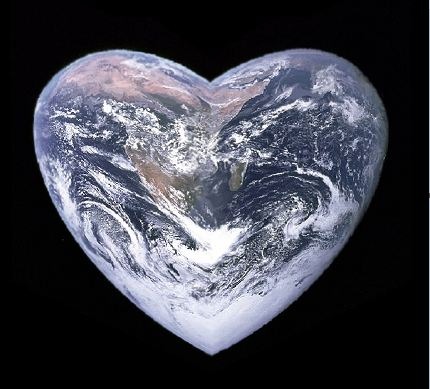Item Link: Access the Resource
Date of Publication: March 12, 2020
Year of Publication: 2020
Author(s): David Brooks
Newspaper: The New York Times
You may not like who you’re about to become.
Some disasters, like hurricanes and earthquakes, can bring people together, but if history is any judge, pandemics generally drive them apart. These are crises in which social distancing is a virtue. Dread overwhelms the normal bonds of human affection.
In “The Decameron,” Giovanni Boccaccio writes about what happened during the plague that hit Florence in 1348: “Tedious were it to recount how citizen avoided citizen, how among neighbors was scarce found any that shewed fellow-feeling for another, how kinfolk held aloof, and never met … nay, what is more, and scarcely to be believed, fathers and mothers were found to abandon their own children, untended, unvisited, to their fate.”
In his book on the 1665 London epidemic, “A Journal of the Plague Year,” Daniel Defoe reports, “This was a time when every one’s private safety lay so near them they had no room to pity the distresses of others. … The danger of immediate death to ourselves, took away all bonds of love, all concern for one another.”
Fear drives people in these moments, but so does shame, caused by the brutal things that have to be done to slow the spread of the disease. In all pandemics people are forced to make the decisions that doctors in Italy are now forced to make — withholding care from some of those who are suffering and leaving them to their fate.
Read the full article here.
The views and opinions expressed through the MAHB Website are those of the contributing authors and do not necessarily reflect an official position of the MAHB. The MAHB aims to share a range of perspectives and welcomes the discussions that they prompt.

